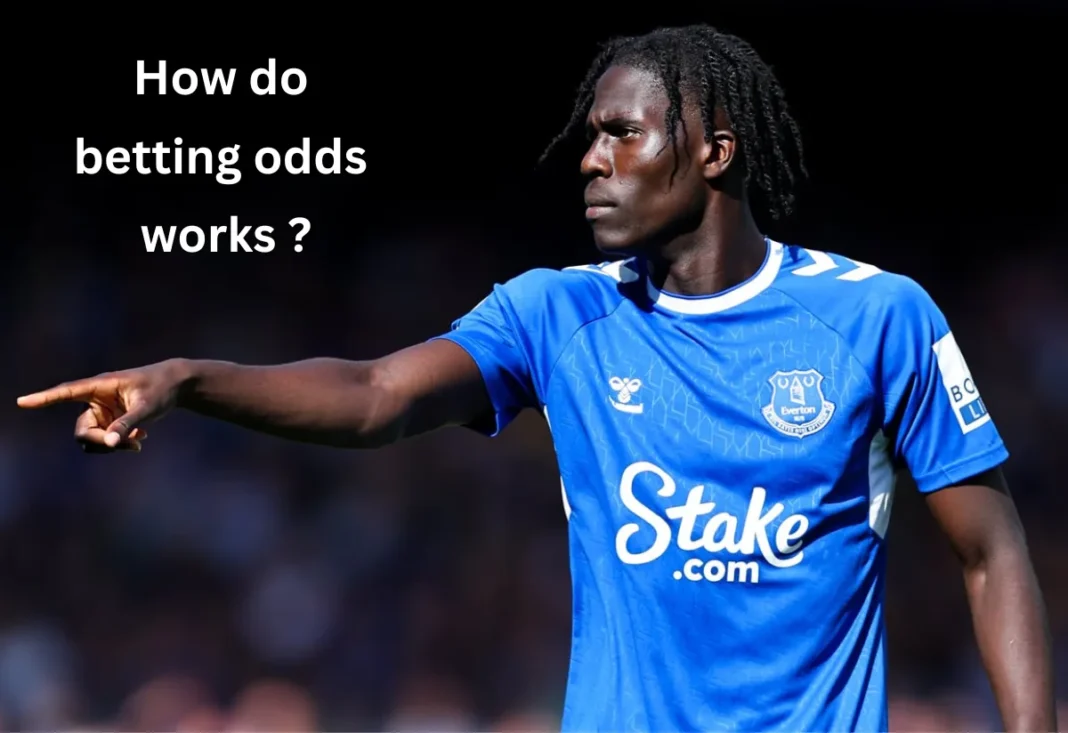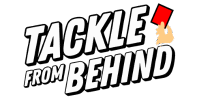Today, sports betting has developed into a multibillion-dollar industry that is significant to the sports world, far beyond a simple hobby
Sportsbooks are now heavily involved in professional sports, from basketball and football to Formula 1, with some even supporting elite teams and important competitions.
This degree of participation demonstrates that betting has evolved into a business that influences the entire sports ecosystem, not just the outcome of matches.
Betting firms have a big impact on sponsorship deals, fan interaction, and even the global marketing of teams and events. Furthermore, betting is now easier than ever thanks to the growth of internet platforms, which also gives fans new and exciting ways to engage with the games they love. The numbers at the centre of all this activity are betting odds, which establish not only the probability of a result but also the possible payout for each wager. This is a fundamental idea that all beginners must grasp before placing a wager.
Today, we will take a closer look at odds. Numbers like +150, 2.6, or 3/7 are not just random—they are betting odds. Many beginners think they only predict the outcome of a match, but they also tell us how much money we could win.
Let’s start by understanding the different types of odds
1. Moneyline Odds
Moneyline odds are the most common format in the United States that use positive (+) and negative (–) signs. These signs show how much you could win or how much you need to stake to win a set amount.
For example, suppose there’s a football match between Everton and Manchester City. Manchester City are favorites at –160, and Everton are listed at +175.
The team with the negative sign (–) is the favorite, meaning you must stake more to win a smaller profit.
The team with the positive sign (+) is the underdog, meaning a smaller stake could yield a bigger profit.
So, if you wager $100 on Everton, you would win $175 from the sportsbook. On the other hand, to win $100 betting on Manchester City, you would need to stake $160.
2. Decimal Odds
Decimal odds are common in Europe and are simple because they show the total return (stake + profit) for every unit you bet.
For example, in a match between Liverpool and Arsenal, Liverpool might be 1.7, and Arsenal 3.2.
If you stake €10 on Liverpool, you would get €17 in return.
If you stake €10 on Arsenal, you would get €32 in return.
Here, Liverpool is the favorite (lower decimal) and Arsenal is the underdog (higher decimal).
3. Fractional Odds
Fractional odds are used mainly by British sportsbooks and show profit relative to your stake in the form of a fraction.
For example, in a match between Manchester United and West Ham odds on Manchester United might be 2/7 and on West Ham it might be 9/6
Manchester United: 2/7
For every £7 bet, you earn £2 profit (total return = £9).
West Ham: 9/6
For every £6 bet, you earn £9 profit (total return = £15).
If the numerator is smaller than the denominator (like 2/7), the team is the favourite.
If the numerator is larger than the denominator (like 9/6), the team is the underdog.
Conclusion
Whether you see odds as fractions, decimals, or moneyline figures, they all tell the same story, the probability of an outcome and the potential reward.
Next time you see +150, 2.50, or 5/2 on a sportsbook, you won’t just see numbers you’ll understand exactly what they mean and that knowledge gives you the best starting point for making smarter bets.


